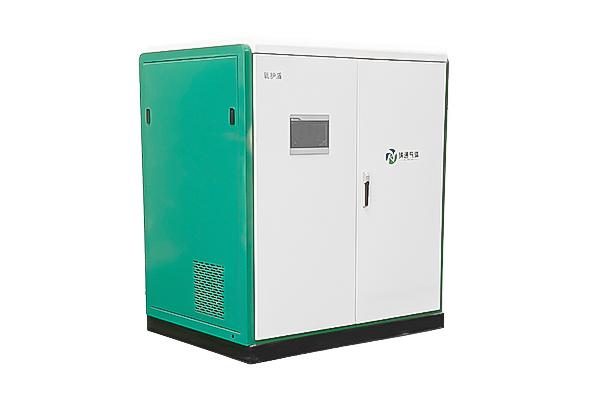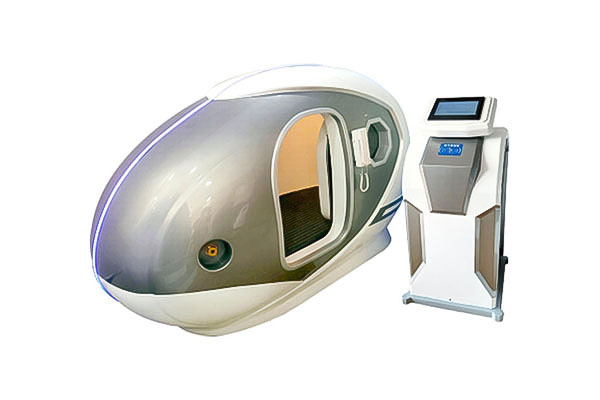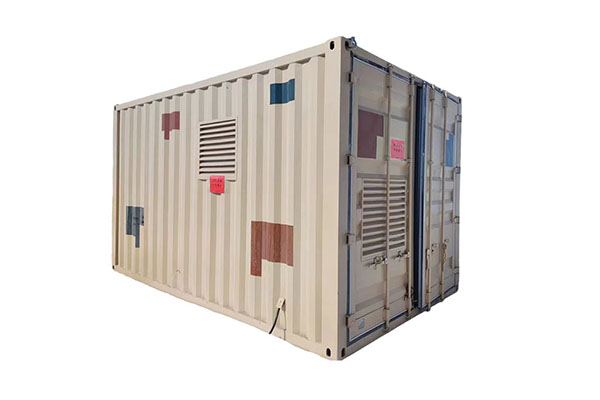What is the molecular sieve replacement cycle and replacement operation specifications of the medical oxygen generator?
Release Time : 2025-04-09
In the operation of the medical oxygen generator, the molecular sieve is a core component, and its performance directly affects the output and purity of oxygen. Understanding the molecular sieve replacement cycle and operation specifications is crucial to ensure the stable operation of the equipment and the safety of oxygen use for patients.
Replacement cycle
The molecular sieve replacement cycle is not fixed and is affected by many factors. From the perspective of equipment type, the molecular sieve life of a 3L oxygen generator is usually 5000-10000 hours, and the better ones can reach more than 10000 hours; the molecular sieve life of a 5L oxygen generator is 8000-15000 hours, and the excellent ones can reach more than 15000 hours, generally not exceeding 20000 hours; the molecular sieve life of an 8-10L oxygen generator is more than 10000 hours, and the excellent ones can reach more than 15000 hours. The frequency of use is a key influencing factor. Frequent use will accelerate the wear of the molecular sieve and shorten its life. For example, in high-intensity use scenarios such as hospitals, the molecular sieve replacement cycle may be shortened accordingly. In addition, environmental conditions cannot be ignored. In a dry and oil-free environment, combined with a scientific filling method, the molecular sieve will have a longer service life; in a humid, dusty or oily environment, the molecular sieve is susceptible to moisture, clogging or poisoning, and its life will be greatly reduced.
Replacement operation specifications
When replacing the molecular sieve, it is necessary to strictly follow the specifications. First of all, choose sunny weather to operate, and it is strictly forbidden to operate in rainy weather to prevent the molecular sieve from getting damp. Shut down and power off as required, close the compressed air inlet and outlet air valves, check the compressed air pressure in the tank, and confirm that the equipment has been depressurized. Next, remove the screw plug flanges at the feeding and unloading ports on the equipment, discharge the molecular sieve waste, check whether each tower body is emptied, and install the screw plug flanges at the unloading port. Before filling, carefully check whether the upper and lower screens are damaged and whether they are firmly fixed, and then fill them. When filling, they must be flattened. When filling to the top, you can use a hammer and vibration equipment to vibrate the adsorption tower to ensure that it is full. After filling, replace the new gasket and bolts, install the bolt flange of the feeding port, and confirm that all the hole covers are sealed before debugging the equipment.
During the replacement process, it is also necessary to pay attention to prevent the packaging bag from being damaged during transportation, ensure that the oxygen content is qualified before construction, and the personnel entering the tank should take safety protection as required, clean up the impurities, and avoid direct skin contact with the molecular sieve. If it rains during the filling process, stop filling or take rain protection measures. After filling, check whether there are any missing tools and other items around.
The replacement cycle and operating specifications of the medical oxygen generator molecular sieve need to be strictly followed to ensure the normal operation of the equipment and the safety of oxygen use for patients. Medical institutions and operators should fully understand this knowledge to ensure the scientificity and standardization of molecular sieve replacement work.
Replacement cycle
The molecular sieve replacement cycle is not fixed and is affected by many factors. From the perspective of equipment type, the molecular sieve life of a 3L oxygen generator is usually 5000-10000 hours, and the better ones can reach more than 10000 hours; the molecular sieve life of a 5L oxygen generator is 8000-15000 hours, and the excellent ones can reach more than 15000 hours, generally not exceeding 20000 hours; the molecular sieve life of an 8-10L oxygen generator is more than 10000 hours, and the excellent ones can reach more than 15000 hours. The frequency of use is a key influencing factor. Frequent use will accelerate the wear of the molecular sieve and shorten its life. For example, in high-intensity use scenarios such as hospitals, the molecular sieve replacement cycle may be shortened accordingly. In addition, environmental conditions cannot be ignored. In a dry and oil-free environment, combined with a scientific filling method, the molecular sieve will have a longer service life; in a humid, dusty or oily environment, the molecular sieve is susceptible to moisture, clogging or poisoning, and its life will be greatly reduced.
Replacement operation specifications
When replacing the molecular sieve, it is necessary to strictly follow the specifications. First of all, choose sunny weather to operate, and it is strictly forbidden to operate in rainy weather to prevent the molecular sieve from getting damp. Shut down and power off as required, close the compressed air inlet and outlet air valves, check the compressed air pressure in the tank, and confirm that the equipment has been depressurized. Next, remove the screw plug flanges at the feeding and unloading ports on the equipment, discharge the molecular sieve waste, check whether each tower body is emptied, and install the screw plug flanges at the unloading port. Before filling, carefully check whether the upper and lower screens are damaged and whether they are firmly fixed, and then fill them. When filling, they must be flattened. When filling to the top, you can use a hammer and vibration equipment to vibrate the adsorption tower to ensure that it is full. After filling, replace the new gasket and bolts, install the bolt flange of the feeding port, and confirm that all the hole covers are sealed before debugging the equipment.
During the replacement process, it is also necessary to pay attention to prevent the packaging bag from being damaged during transportation, ensure that the oxygen content is qualified before construction, and the personnel entering the tank should take safety protection as required, clean up the impurities, and avoid direct skin contact with the molecular sieve. If it rains during the filling process, stop filling or take rain protection measures. After filling, check whether there are any missing tools and other items around.
The replacement cycle and operating specifications of the medical oxygen generator molecular sieve need to be strictly followed to ensure the normal operation of the equipment and the safety of oxygen use for patients. Medical institutions and operators should fully understand this knowledge to ensure the scientificity and standardization of molecular sieve replacement work.







